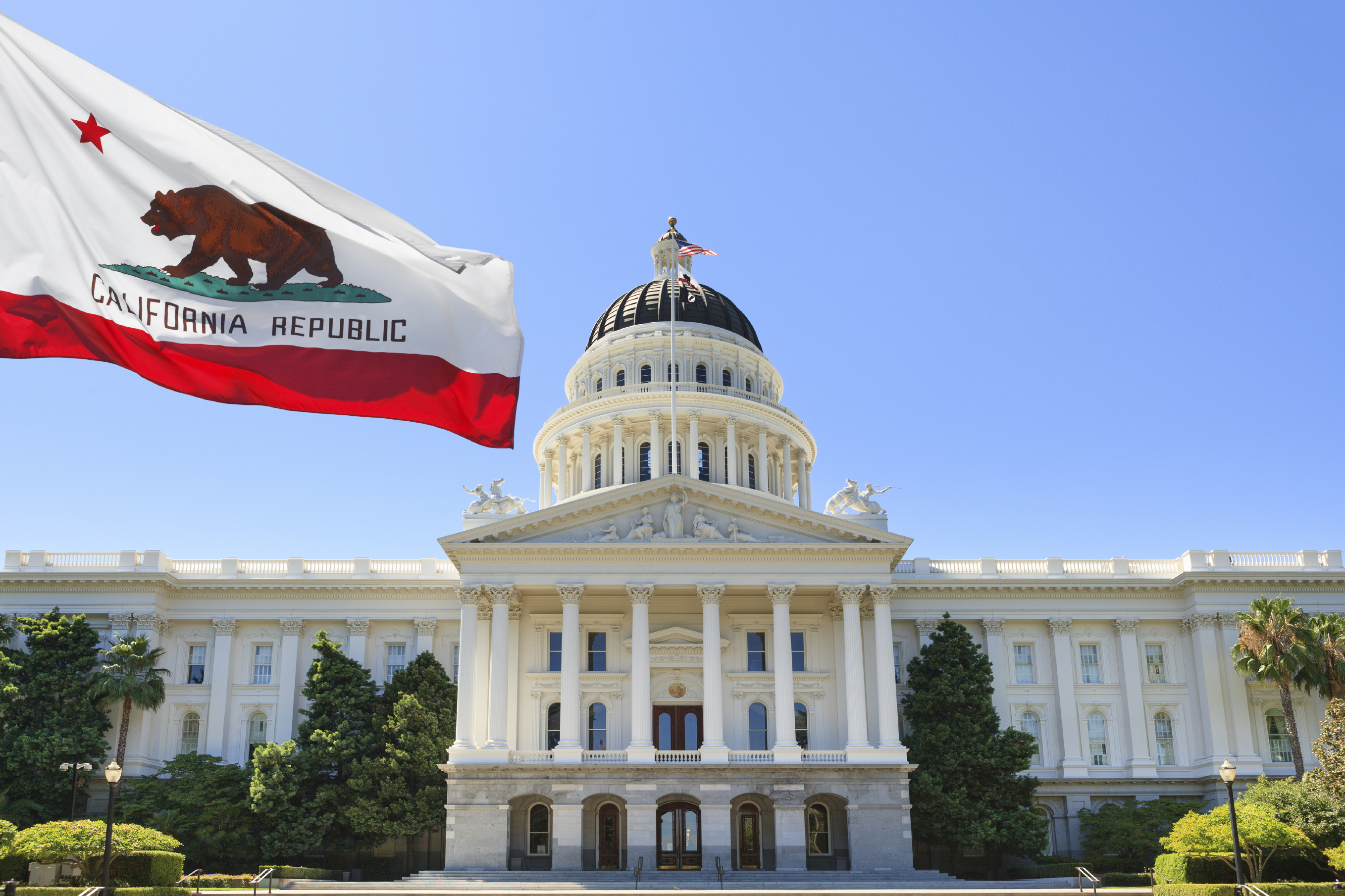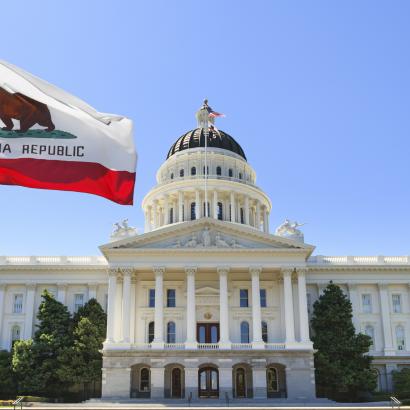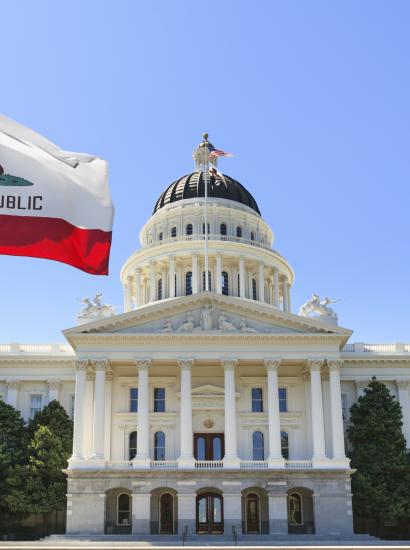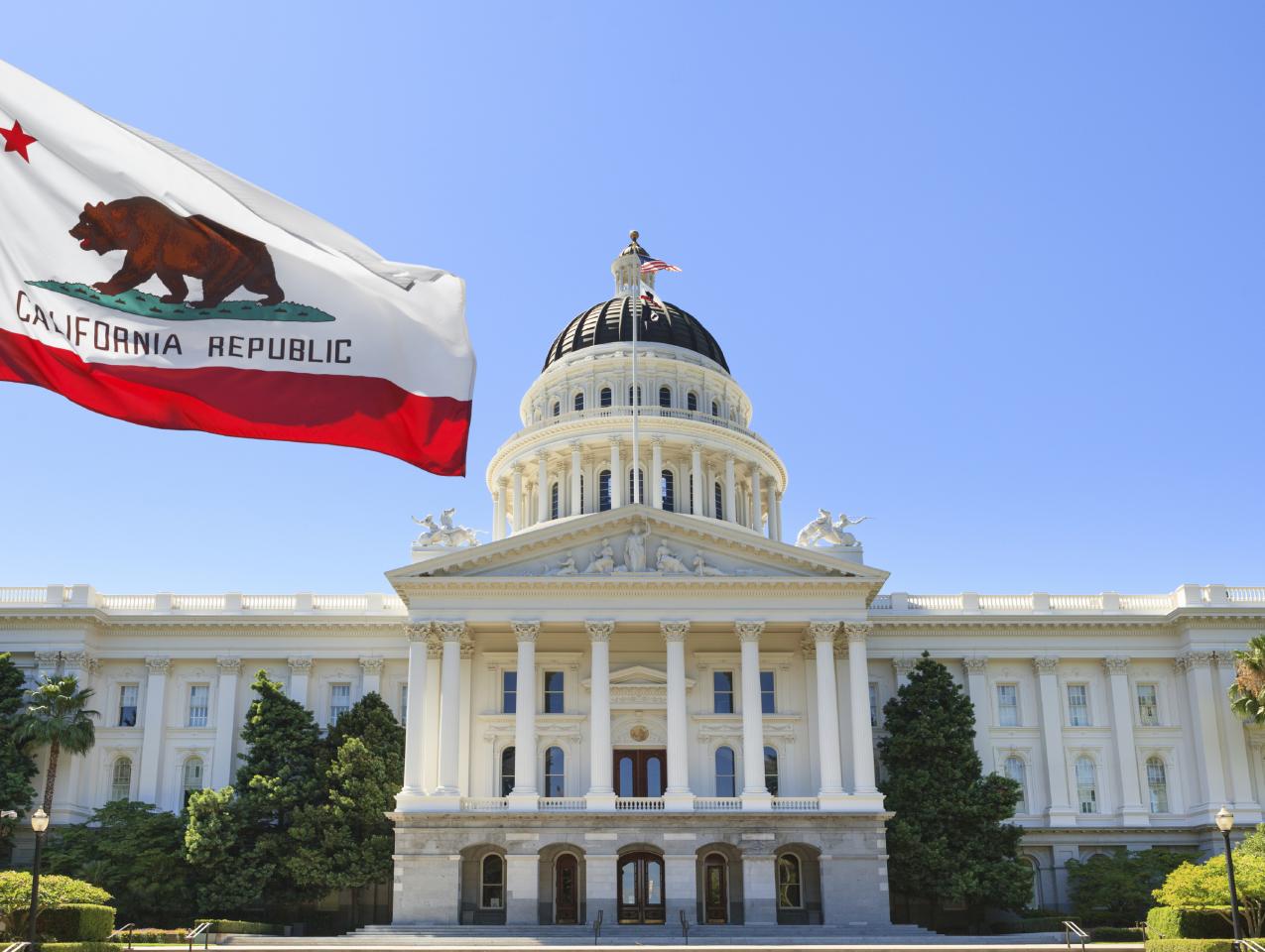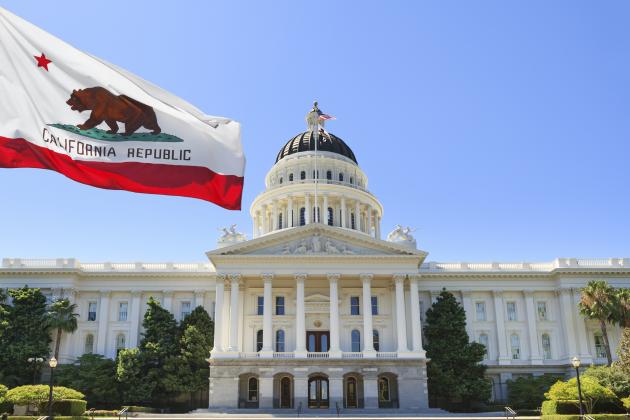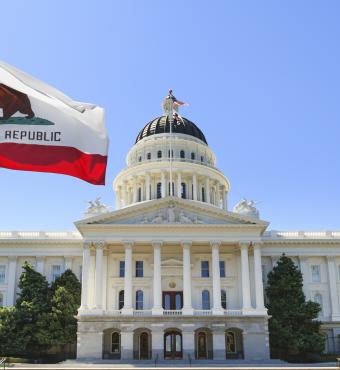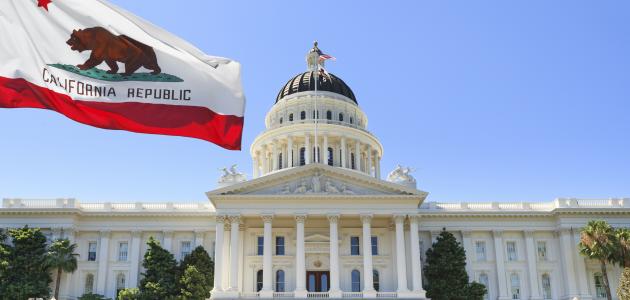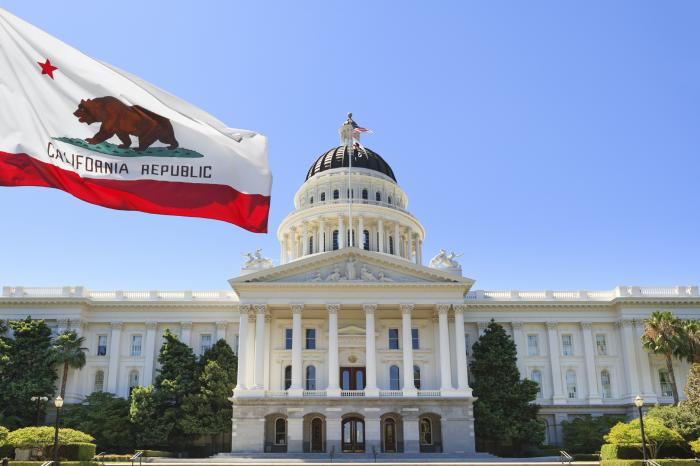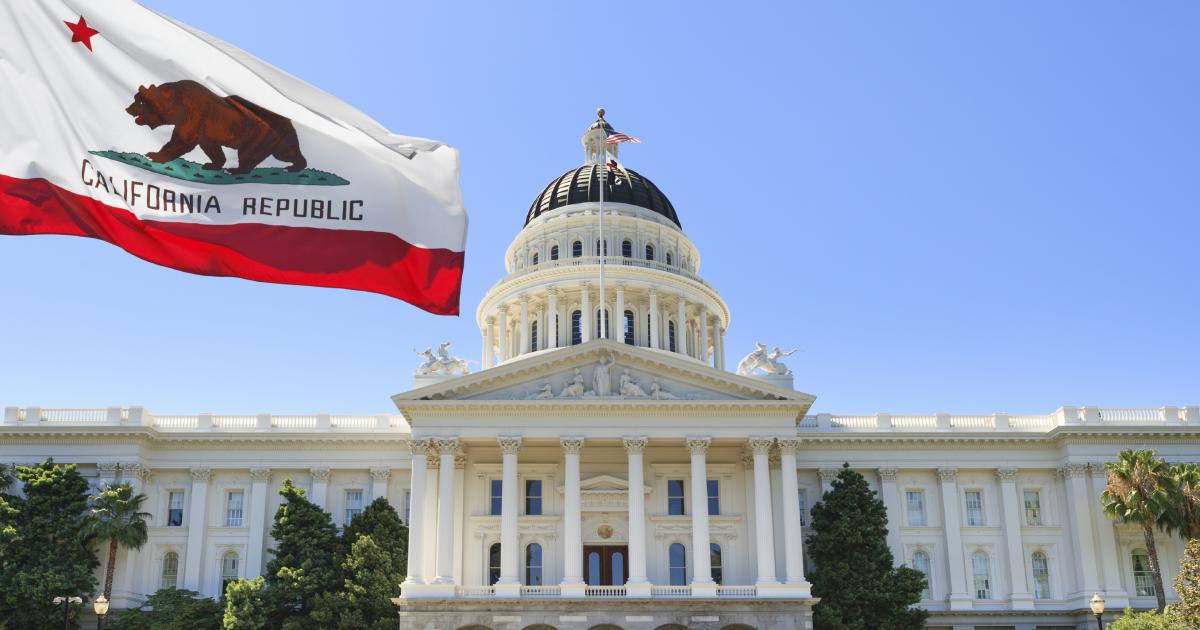- Energy & Environment
- Science & Technology
- Politics, Institutions, and Public Opinion
- State & Local
- California
Drive into the Central Valley city of Modesto and, at the intersection of 9th and I Streets, you’ll pass underneath the fabled centennial arch that dates back to the early years of the 20th Century. That arch’s slogan: “Water, Wealth, Contentment, Health” (definitely an improvement on the original choice: “Nobody’s Got Modesto’s Goat”) are a convenient way to look at the current state of the Golden State.
As far as “water” is concerned, California’s better off than it was a year, when the effects of a historic drought – the topic of this September 2015 Hoover Golden State Poll – were forcing communities to cut back on the precious commodity. Thanks to rainfall produced in this year’s “Miracle March,” California’s reservoirs got a needed boost – Lake Shasta, for instance, rising above its average level to date for the first time in three years.
“Wealth”? The Golden State is home to seven of the nation’s 14 most expensive ZIP codes (the leader: Atherton, a town midway between San Francisco and San Jose, with a median home price of $10.5 million.) There is the not-insignificant matter of California’s income inequality (the nation’s most unequal state, some argue), but that’s a conversation for another day.
“Contentment”? A January Field Poll had 50% of Californians saying the state’s on the right track. But here, things start to get complicated. Half of San Franciscans think their uber-wealthy city is on the wrong track. Two years of Hoover Golden State Polls have consistently shown Californians in a dour mood when it comes to their job security and financial standing.
And finally, “health” – one of the reasons why we assembled a broad range of topics for this issue of Eureka. A nation-state with a population closing in on 40 million residents has its needs, one of which is paying for Medi-Cal, the state’s health care program for the poor. It seems easy enough, in a state that’s awash in money at the moment. But times change; so too will California’s notoriously volatile revenue stream. What doesn’t change: poverty in California, which is down from a year ago but still above pre-recession levels.
Californians also demand that the state act as a responsible steward of its celebrated natural beauty. But that confidence is wobbly, what with reports earlier this year of political infighting within California’s Coastal Commission (i.e. “the circus”), long a flashpoint at the junction of environmental protection and the developmental wants of a growing population.
Though we live in an age of unprecedented connectivity, Californians remain largely in the dark as to how their government operates. With the media’s footprint smaller in Sacramento thanks to a changing news industry and Arnold Schwarzenegger’s departure from the Capitol stage, where will a disconnected and disillusioned electorate get its knowledge?
Then again, some Californians may prefer living in the dark. Each year, lawmakers in Sacramento talk a bold game of innovation and reform and seizing the moment – 2016 being no exception. But like John Belushi working his way through the cafeteria line in Animal House, the Legislature at present seems guilty of having bigger eyes than its stomach.
In this issue of Eureka, we explore four topics vital to California’s future in terms of the state’s fundamental wellbeing and its ability to tackle major challenges.
This issue includes:
- Terry Anderson, the Hoover Institution’s John and Jean De Nault senior fellow, takes stock of the California Coastal Commission, now in its 40th year. In a better world, Anderson observes, the commission would focus on clarifying and strengthening private property rights to coastal entities;
- Sam Blakeslee, the founding director of the Institute for Advanced Technology & Public Policy at Cal Poly State University, San Luis Obispo, writes about invigorating civic engagement through technology;
- Lucien Wulsin, founder and director of the Santa Monica-based Insure the Uninsured Project, writes about navigating the “Scylla and Charybdis” of California’s Medi-Cal program – the enormous pressure of accommodating a steadily growing number of subscribers, coupled with threading the many constitutional and statutory needles necessary to fund Medi-Cal services;
- And finally, Hoover research fellow Carson Bruno explains why California state government may be guilty of policy binging – trying to tackle transportation, water and school infrastructure.
We hope you enjoy this latest installment of Eureka – and that it gets you thinking about where California stands and whether we’re moving in the right direction.







